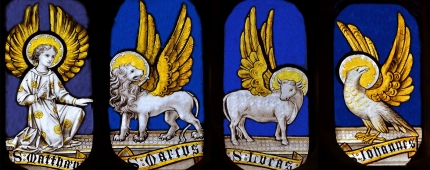1 Peter 3:18—Was Jesus raised in the Spirit or in a physical body?
Problem: Peter declares that Christ was “put to death in the flesh but made alive in the spirit” (nasb). This seems to imply that Jesus did not rise in the flesh, but only in His spirit, which conflicts with Jesus’ statement that His resurrection body was “flesh and bones” (Luke 24:39).
Solution: To interpret this as proof of a spiritual, rather than a physical resurrection, is neither necessary nor consistent with the context of this passage and the rest of Scripture. Several reasons support this conclusion.
First of all, the passage can be translated, “He was put to death in the body but made alive by the [Holy] Spirit” (niv). The passage is translated with this same understanding by the nkjv and others.
Second, the parallel between death and being made alive normally refer to the resurrection of the body in the NT. For example, Paul declared that “Christ died and rose and lived again” (Rom. 14:9), and “He was crucified in weakness, yet he lives by the power of God” (2 Cor. 13:4).
Third, the context refers to the event as “the resurrection of Jesus Christ” (3:21). But this is everywhere understood as a bodily resurrection in the NT (cf. Acts 4:33; Rom 1:4; 1 Cor. 15:21; 1 Peter 1:3; Rev. 20:5).
Fourth, even if “spirit” refers to Jesus’ human spirit (not to the Holy Spirit), it cannot mean He had no resurrection body. Otherwise, the reference to His “body” (flesh) before the resurrection would mean He had no human spirit then. It seems better to take “flesh” in this context as a reference to His whole condition of humiliation before the resurrection and “spirit” to refer to His unlimited power and imperishable life after the resurrection.
See All Problems
This excerpt is from When Critics Ask: A Popular Handbook on Bible Difficulties (Wheaton, Ill.: Victor Books, 1992). © 2014 Norman Geisler and Thomas Howe. All rights reserved. Used by permission. Click here to purchase this book.














